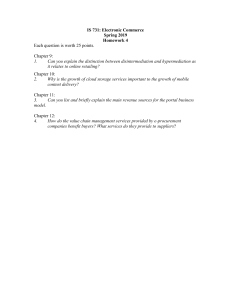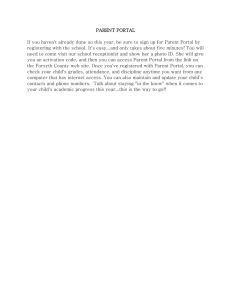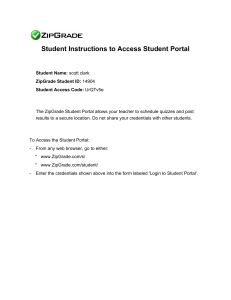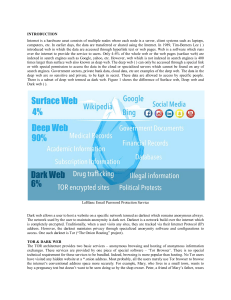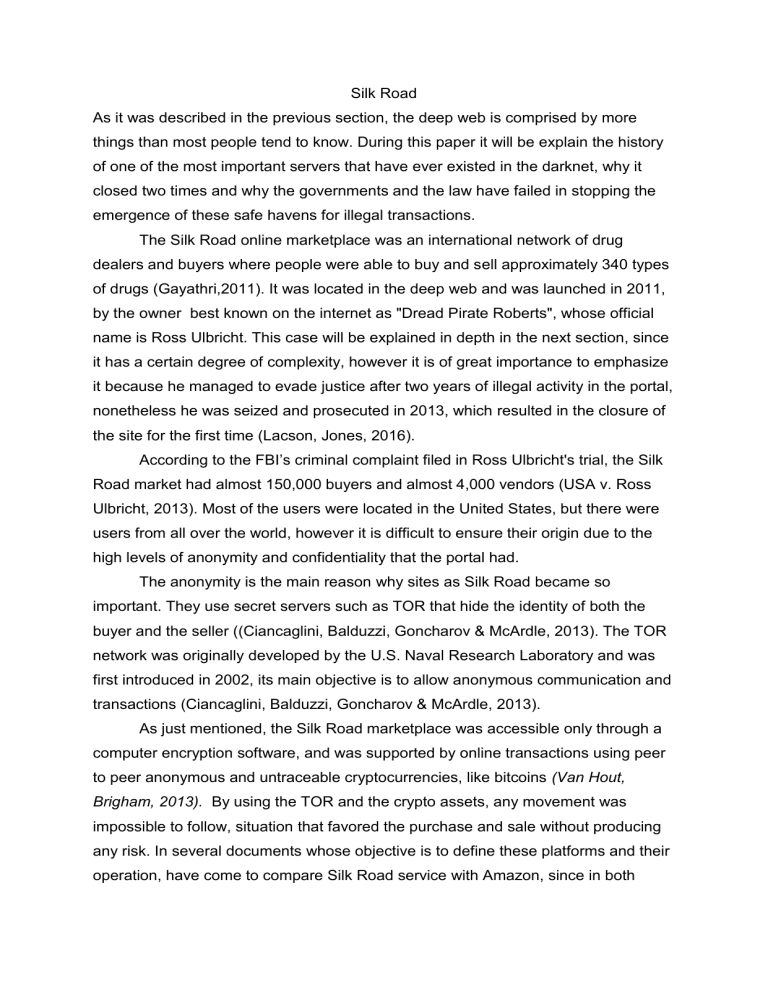
Silk Road As it was described in the previous section, the deep web is comprised by more things than most people tend to know. During this paper it will be explain the history of one of the most important servers that have ever existed in the darknet, why it closed two times and why the governments and the law have failed in stopping the emergence of these safe havens for illegal transactions. The Silk Road online marketplace was an international network of drug dealers and buyers where people were able to buy and sell approximately 340 types of drugs (Gayathri,2011). It was located in the deep web and was launched in 2011, by the owner best known on the internet as "Dread Pirate Roberts", whose official name is Ross Ulbricht. This case will be explained in depth in the next section, since it has a certain degree of complexity, however it is of great importance to emphasize it because he managed to evade justice after two years of illegal activity in the portal, nonetheless he was seized and prosecuted in 2013, which resulted in the closure of the site for the first time (Lacson, Jones, 2016). According to the FBI’s criminal complaint filed in Ross Ulbricht's trial, the Silk Road market had almost 150,000 buyers and almost 4,000 vendors (USA v. Ross Ulbricht, 2013). Most of the users were located in the United States, but there were users from all over the world, however it is difficult to ensure their origin due to the high levels of anonymity and confidentiality that the portal had. The anonymity is the main reason why sites as Silk Road became so important. They use secret servers such as TOR that hide the identity of both the buyer and the seller ((Ciancaglini, Balduzzi, Goncharov & McArdle, 2013). The TOR network was originally developed by the U.S. Naval Research Laboratory and was first introduced in 2002, its main objective is to allow anonymous communication and transactions (Ciancaglini, Balduzzi, Goncharov & McArdle, 2013). As just mentioned, the Silk Road marketplace was accessible only through a computer encryption software, and was supported by online transactions using peer to peer anonymous and untraceable cryptocurrencies, like bitcoins (Van Hout, Brigham, 2013). By using the TOR and the crypto assets, any movement was impossible to follow, situation that favored the purchase and sale without producing any risk. In several documents whose objective is to define these platforms and their operation, have come to compare Silk Road service with Amazon, since in both cases it is purchased online, paid and received in one direction, without any personal interaction (Morrie, Nosses, 2011). It is a common belief that in these markets it is possible to find every product (legal and illegal), but The Silk Road had a moral code which established and marked clearly certain limits. The most important was that not all kinds of products were allowed. The administrators of the portal had a certain "conscience" that did not seek to harm people and society, therefore they only allowed drugs to be sold and bought, killers for hire, weapons of mass destruction, stolen credit cards, etc. were not accepted. Not like today's marketplaces, that sell and buy everything in order to satisfy the increasing and insatiable needs of the market. Although nowadays this moral code seems to be illogical and completely counterproductive to the objectives of the industry, it was one of the most important characteristics that defined the portal, since it was a server that during its two years of existence was based on the camaraderie and respect among the participants. Regarding the good relationship existing within the portal, it is known that not only was it a place where certain items could be bought, but also there were forums where people talked about the items for sale, their quality, the rating of the sellers and buyers, the best payment methods, etc. "This made the site not only for free exchange of contraband, but a store of information [...] and a global community with its own values, beliefs, and internal conflicts" (Lacson, Jones, 2016) In these forums what could be found was valuable information that gave the solidity and security necessary to the portal, since both buyers and sellers felt safe within the system. The sellers had the responsibility to give good quality products and prove their authenticity with stamps and personal marks that could not be imitated by any other seller, while buyers could enter the portal to see the "street prices" of the products, so that no seller cheated them by giving them a high and erroneous price (Van Hout & Bingham, 2013). Following this process, both parties made good deals in a professional and trusty environments where the administrators avoided conflicts that could have affected the long-term business. Because these global forums that gave a sense of community to the platform became an essential factor, as time went by, an entrance filter was created so that not everyone could participate in these forums, but people who truly had the purpose of learning and above all to contribute something positive to the platform. The first filter that had to be passed was the "newbie boards", a forum prior to the main one where at least 50 comments had to be placed, which would then be reviewed, and if the filter was passed, they were given access to the main forum. As in any society, there were rules that should be followed and respected by all users and the most important was the hierarchy, which was present throughout the platform and not only in the discussion forums. The more it came to the platform, the higher the status, and this in turn gave exclusive benefits. In addition to this, users of the platform received ratings that were reflected in the profiles, in this way it was intended to make each user accountable for their comments and actions. This method of artificial social hierarchy and regulation reduced the consequences of the deindividuation, defined as the "phenomenon in which people engage in seemingly impulsive, deviant, and sometimes violent acts in situations in which they believe they can not be identified personally" Ciancaglini, V., Balduzzi, M., Goncharov, M., & McArdle, R. (2013). Deepweb and Cybercrime. It’s Not All About TOR. Retrieved from http://www.trendmicro.ie/media/wp/deepweb-andcybercrime-whitepaper-en.pdf



